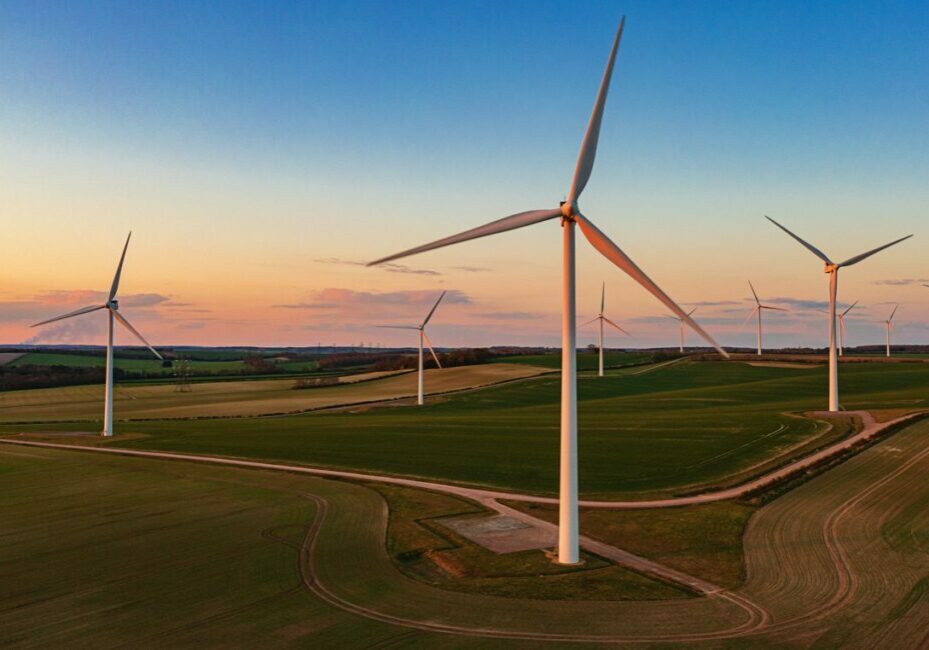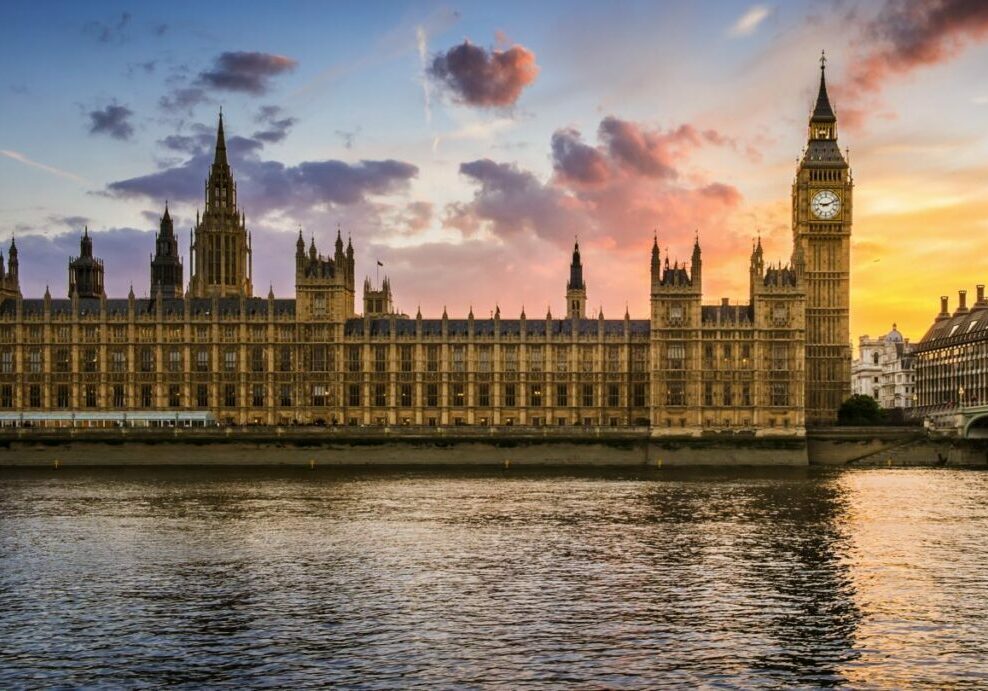
© GETTY
You might be familiar with the idea of fast fashion – the latest looks for the lowest prices. But did you know about the environmental cost of the clothes we buy? It can take 2,700 litres of water to produce the cotton in a single T-shirt. And textile production produces 1.7 billion tonnes of greenhouse gases globally every year.
Model and activist Lily Cole has been working to highlight the harmful impact of the fashion industry. She began her modelling career as a teenager, appearing on the cover of British Vogue when she was 16.
She’s since become an author, entrepreneur and environmental activist, gaining an honorary degree from Glasgow Caledonian University for her contribution to humanitarian and environmental causes.
You’ve worked with some of the biggest names in fashion. When did you first realise the industry’s impact on our climate?
My career really took off when I was 15 and I didn’t really question it much. I think I was aware of the problems in fashion only so far as I refused to wear fur because that was an obvious one, and I was aware of sweatshop labour, as that had a lot of media attention.
But I’d never considered what the steps are before you get to a sweatshop. Reading about farmers who are making cotton opened my eyes to the fact that there’s a whole chain of people and environmental impacts behind each product we use.
I felt a double responsibility because I was modelling as well as buying products – I was essentially persuading other people to buy products. I felt conflicted and very curious to learn more, so I became more interested in what a social business can look like, what fair trade can look like, and started to work with companies that are trying to produce things in a better way.
How easy was it to find companies that were working sustainably?
It was a lot harder than it is now – which is a good sign of how things are going. It felt to me like banging that drum was not very popular and it was a small group of people who were committed to sustainable fashion – they were the minority.
The image of sustainable fashion is that it’s ugly and hippy and a bit clunky and not very comfortable. It felt in conflict with my work and that I’d have to say no to a lot of the jobs that I’d otherwise do.
Nowadays I’m seeing so much positive change. The statistics around the impact of fashion are still terrifying, but it seems to me that there are so many brands – big and small – trying to improve both their social impact and their environmental impact. I think there’s also a cultural shift around sustainability which is making it more fashionable.
When it comes to sustainable fashion, is there a particular change you’ve been involved in that you’re proud of?
The thing that comes to mind is a project looking at the wild rubber supply chain in the Amazon. I went there with WWF in partnership with Sky and I designed trainers with the company Veja, who I think do an awesome job and have 30% wild rubber in the soles.
The story with wild rubber is that it’s tapped from different wild rubber trees throughout the rainforest, and by paying local communities to tap the trees you’re giving them an income that comes from the forest. Right now all the economic incentives encourage deforestation, so it’s an important lever to try and protect the forest.
When I got back to the UK I asked Vivienne Westwood if she’d make a wild rubber dress for me, which she did. She made a dress with a wild rubber corset, and I wore it with her to the punk-themed Met Ball. It was the most punk dress because it had all her values baked in – that was pretty cool! She also made a dress for me out of recycled plastic bottles for the Oscars.
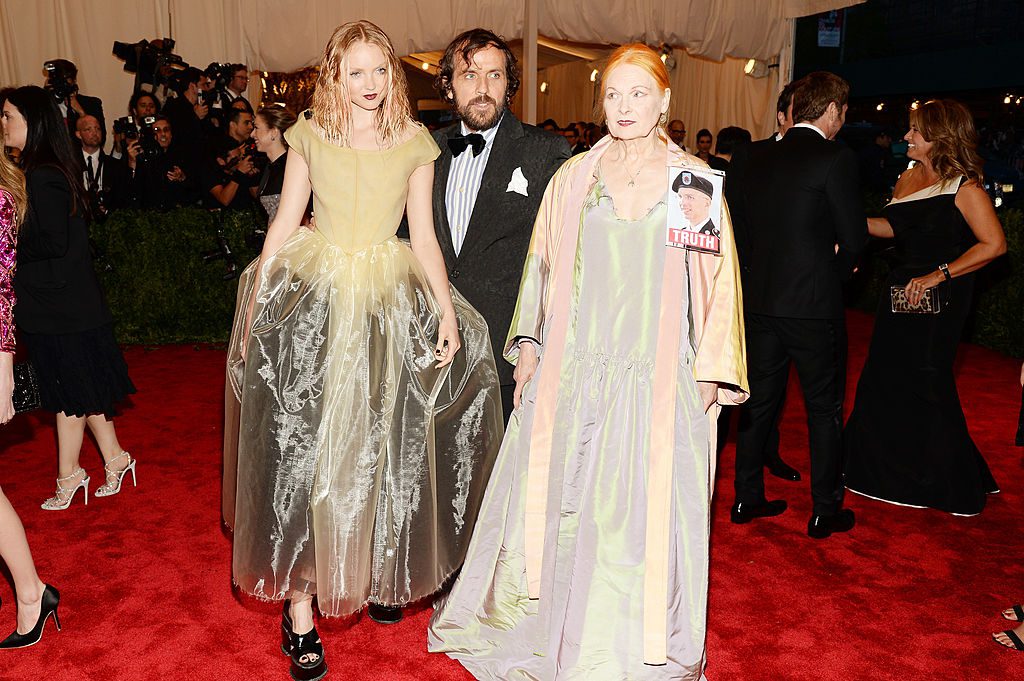
© GETTY
Have you noticed more general changes in the fashion world?
I think the biggest thing has been just seeing the general uptrend in sustainability becoming more mainstream, rather than petering out or staying super-niche. I looked on Google Trends recently to search ‘sustainable fashion’ and it was really interesting to see the curve over the last 10-15 years. It’s just been like a ski slope – an upwards curve. This is a movement that’s gaining momentum.
What I think is interesting about fashion is that it isn’t just clothes – it’s the way we manifest our values through the way we dress ourselves, through the way we show ourselves. Whether that was Victorians in corsets or women wearing trousers for the first time, that’s how politics comes into fashion. So if sustainability is becoming more fashionable, for me that just speaks to the wider cultural implications of what our society is valuing and saying what we want to be.
Five tips for a sustainable wardrobe

Fix, don’t throw
Repair clothes to extend their lifespan. If it’s a tricky fix, like replacing a zip, visit your local Repair Café.
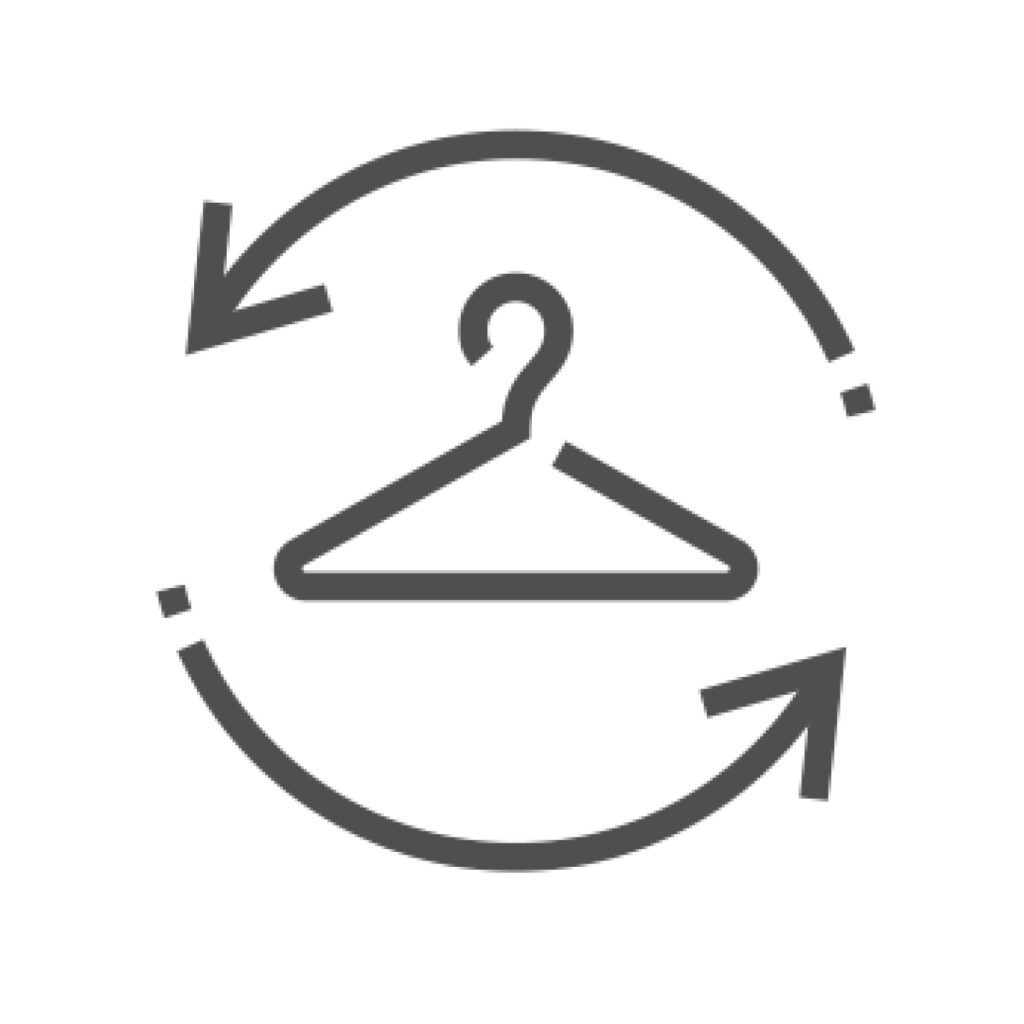
Don’t buy new
Vintage, retro, pre-loved… whatever you want to call it, buying second-hand clothes preserves precious resources and prevents landfill.

Share the love
Sell or donate anything you no longer wear. Someone else might get years of wear from those jeans you don’t like any more.

Go natural
Avoid buying clothes made from synthetic fibres as they’ll shed microplastics when they’re washed. Choose natural materials such as cotton, bamboo and linen.
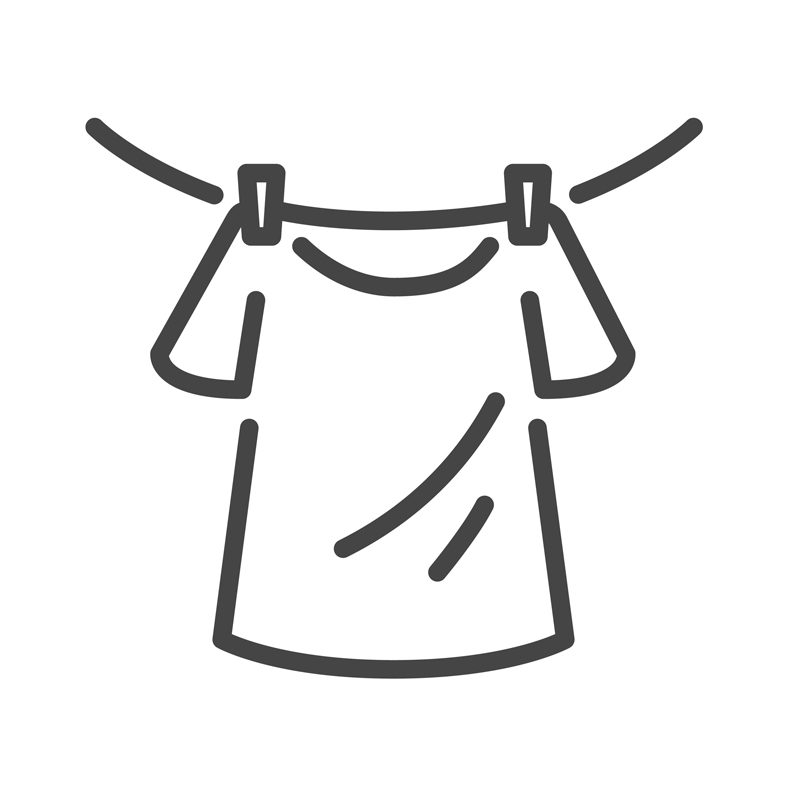
Launder less
Washing clothes less frequently saves water and energy, and extends their lifespan. Spot clean stains or hang clothes outside to freshen up.
What changes would you like to see from the fashion industry?
Politically – and this isn’t up to the fashion world or corporations, this is up to the politicians – I think carbon pricing is the solution that everybody talks about needing to happen. We have a version of it working right now but arguably not clear or strong enough. It would change the dynamics of the economy and the marketplace if you made companies pay to pollute. It would incentivise them to pollute less and would make consumers see the real price of products. The future is owned by the companies that care.
What can consumers do to have a more positive impact?
The thing that I’ve been trying to do, often imperfectly, for many years is to really recognise my buying power. Every day I’m making choices about what I eat, what I buy and what I do with my time that’s part of a global economic system that’s really shaping our world.
Taking some ownership of that and trying to make mindful choices while not being too harsh on myself and not striving for perfect is my way of feeling that I can improve my impact.
When it comes to fashion, I try to support sustainable designers, because I know how hard it is for small new sustainable makers to make their products. Then I really focus on quality rather than quantity – buying things I really love that I’ll have a long-term relationship with, that I’ll repair or fix if I need to and not having a disposable attitude to clothes.
The wild is calling. It’s time to act.
To hear the interview in full subscribe to our podcast. Just search for Call of the Wild wherever you listen to podcasts, or visit our Call of the Wild site
More to explore
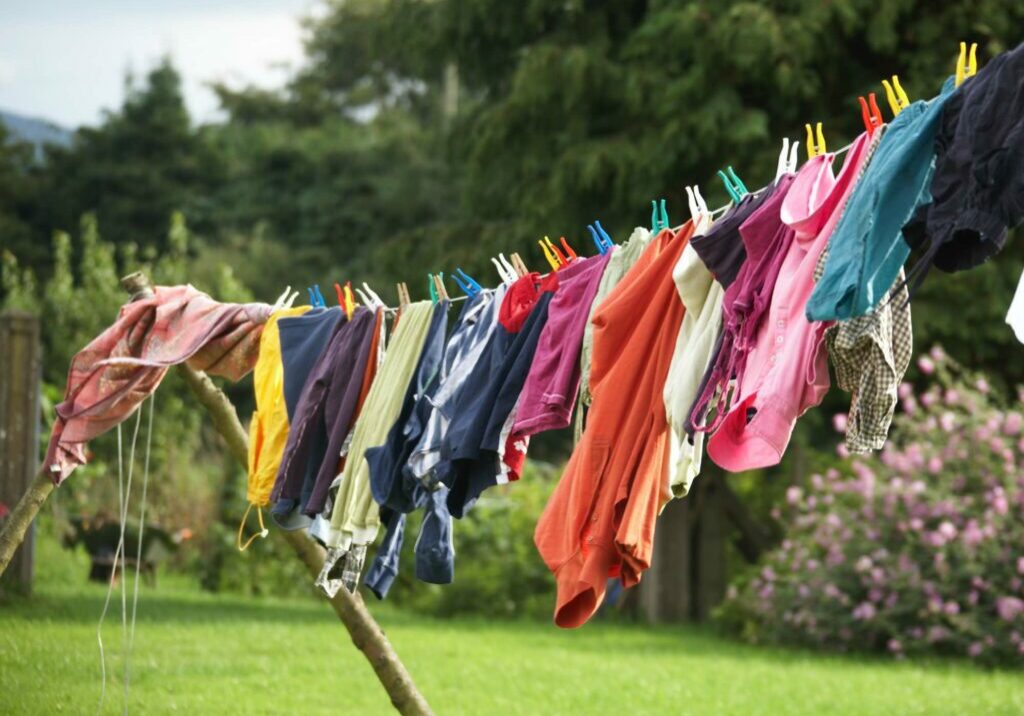
Make a change, make a difference
From laundry day to meal times, we can build a better world by making small changes to our everyday lives
